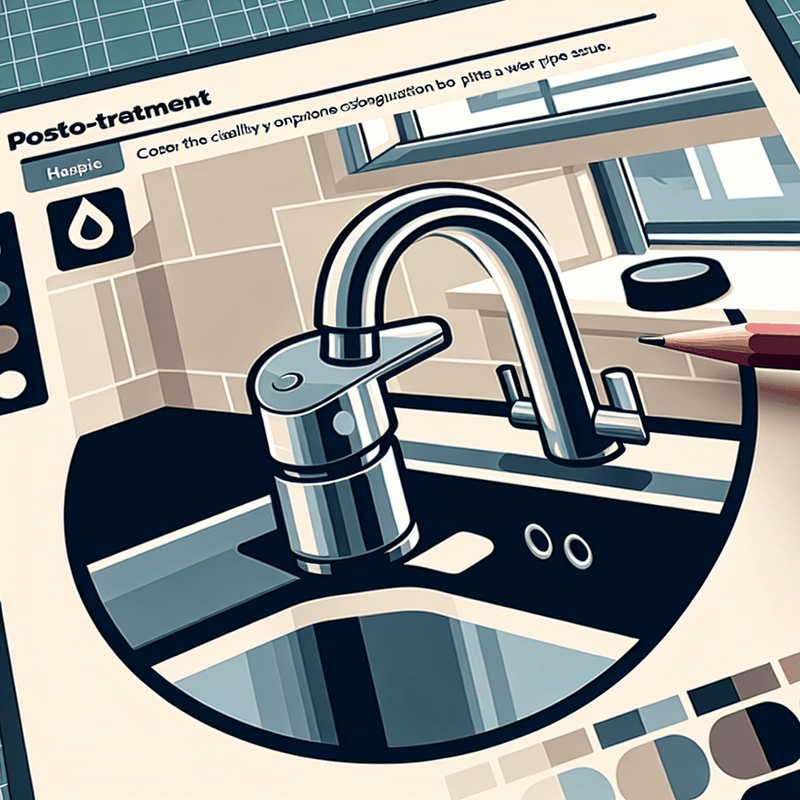Imagine it’s a rainy evening, and you can hear your sump pump hard at work in the basement, safeguarding your home from potential flooding. But then you notice something odd: the pump isn’t stopping. It cycles on and off more frequently than it should, barely pausing between cycles. This phenomenon, known as over-cycling, can significantly shorten the lifespan of your sump pump and lead to a possible failure at a critical moment.
Understanding why this occurs and how to address it is key to ensuring the longevity and reliable operation of your sump pump. Let’s dive into the causes of over-cycling, how to identify it, effective ways to troubleshoot the issue yourself, and when it’s time to call in a professional.
Recognising Over-Cycling in Sump Pumps
The first step towards resolving any sump pump issue is recognising there is one. Over-cycling is when the sump pump starts and stops more frequently than it should under normal operating conditions. This can be distressing because it often indicates a problem that could lead to bigger issues if not addressed timely.
Common Causes of Over-Cycling
Float Switch Problems
A typical culprit for over-cycling is an issue with the float switch. This component tells your pump when to start and stop based on the water level in the sump pit. If the switch is stuck or improperly adjusted, it can cause rapid cycling.
Incorrect Pump Size
If your sump pump is too powerful for your needs, it will quickly clear the water and shut off, only to turn on again soon after when more water collects. Conversely, a small pump might struggle, causing it to run continuously and switch off repeatedly.
Leaky Foundation
Water constantly seeping into the pit due to a leak in your home’s foundation can cause the pump to work overtime. Such leaks need addressing not just for the sump pump’s sake, but for the structural integrity of your home.
Diagnosing the Problem
Inspecting the Float Switch
Turn off the power to the pump and physically check the float switch. Make sure it’s not obstructed by debris and moves freely. Test it by manually lifting it to see if it activates the pump.
Evaluating the Sump Pump Size
Review the specifications of your pump (usually found in the manual or a label on the unit). Consider the volume of water it needs to handle and compare it with your basement’s water collection rate. Consulting a professional might be best if you suspect your pump's size isn't fit for your basement.
Checking for Leaks
Inspect your basement after heavy rain or snow melts for new water paths or increased dampness. Persistent moisture despite an actively running pump is a tell-tale sign of foundational leaks.
DIY Fixes for Over-Cycling
Adjusting the Float Switch
If the float switch appears to be the issue, try adjusting its settings according to the manufacturer's instructions. This might mean changing the point at which the switch engages and disengages the pump.
Clearing the Sump Pit
Ensuring the sump pit is free from debris not only prevents blockages but can also affect how efficiently the pump operates and the activation of the float switch.
Knowing When to Call a Professional
While some tasks can be easily handled, others require the expertise of a professional. If after your initial troubleshooting the problem persists, or you feel unsure about adjusting the pump or dealing with potential foundation issues, calling a certified plumber or a drainage expert is advisable.
Long-Term Prevention Strategies
Regular Maintenance Checks
Perform regular inspections and maintenance of your sump pump system, ideally biannually. Check for wear and tear, clean the sump pit, and ensure all components function properly.
Consider a Backup System
A backup sump pump, particularly one with a battery backup, can help safeguard against over-use of the primary pump and serve as a failsafe during power outages.
Improve Drainage Around Your Home
Ensuring that your home has good external drainage can significantly reduce the amount of water that ends up in your sump pit. This includes cleaning your gutters regularly and ensuring that downspouts direct water away from your home’s foundation.
Conclusion
Identifying and fixing a sump pump that over-cycles is essential to maintain its effectiveness and longevity. By understanding common causes, you can perform necessary DIY fixes or know when to enlist professional help. Regular maintenance and strategic improvements in home drainage can prevent future issues, ensuring that your home remains dry and your sump pump operates efficiently. As a final takeaway, never ignore frequent cycling; addressing it promptly can save you from more significant and costly problems down the road.





